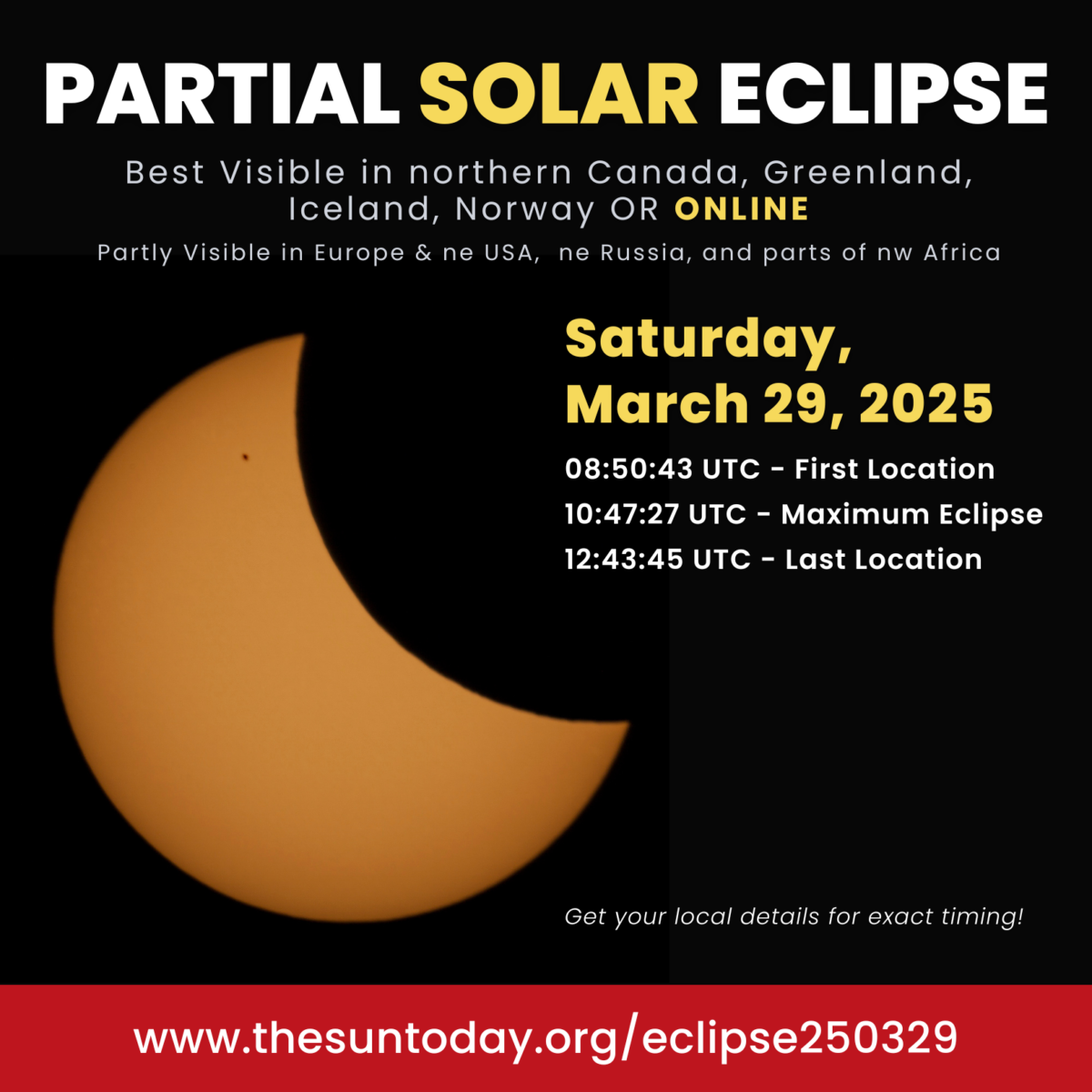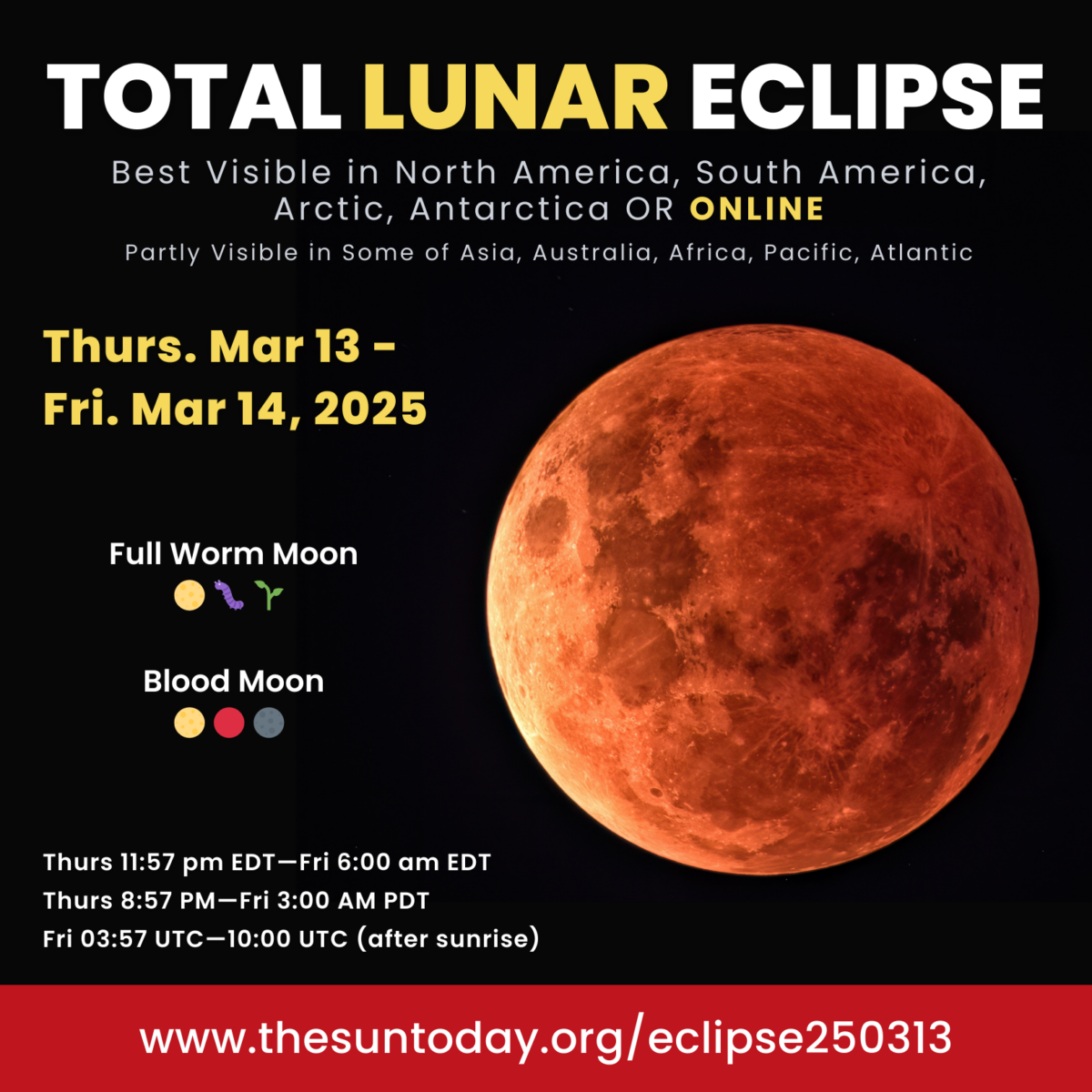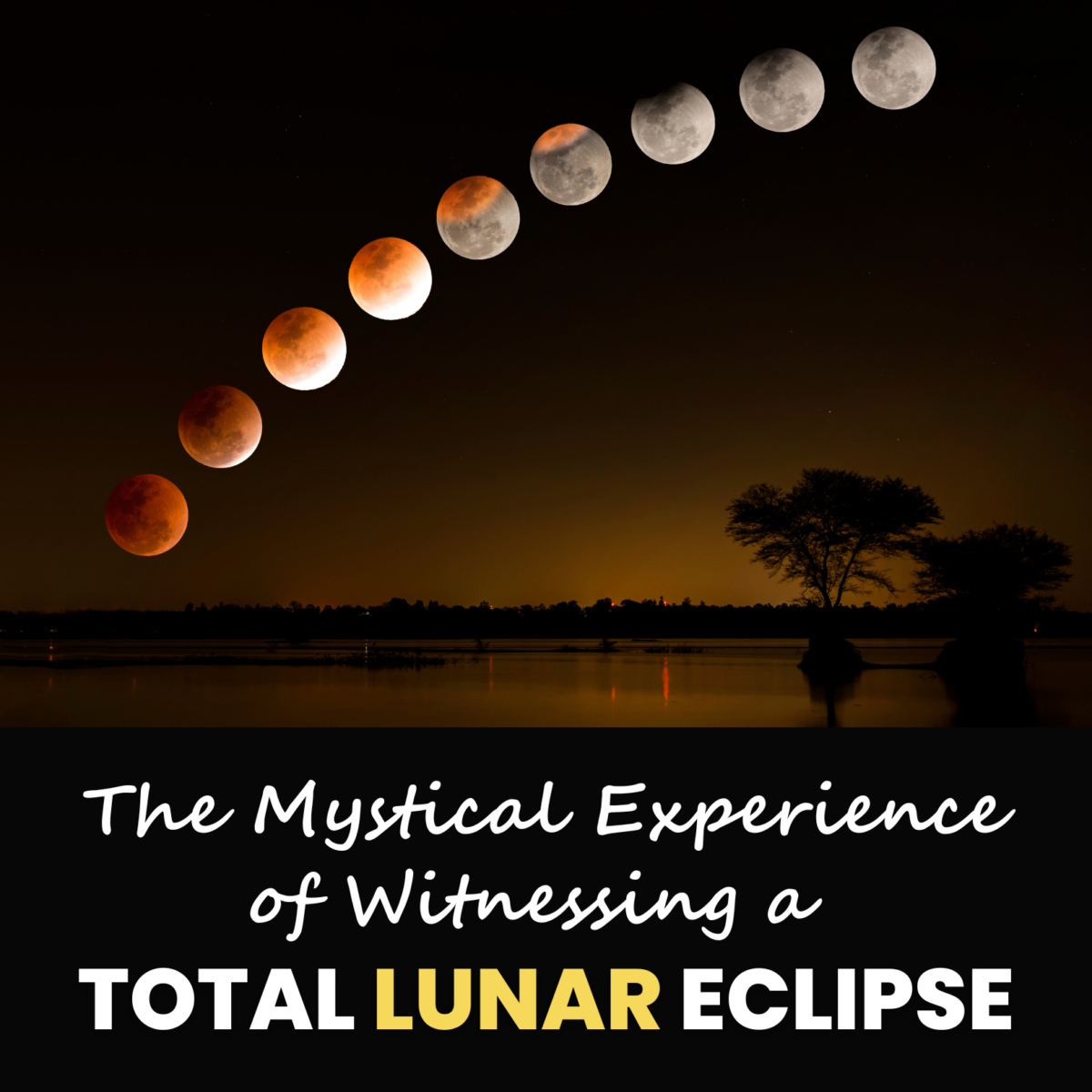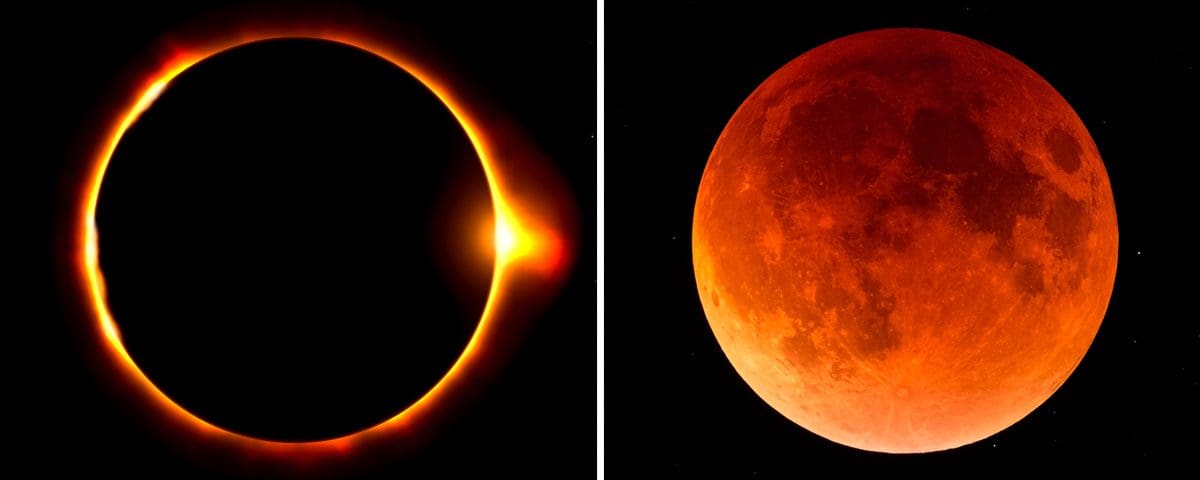
Every year we get a collection of 4 to 7 eclipses somewhere on Earth, either lunar, solar, partial, or total.
These eclipses come in seasons, a 35-day period with typically two eclipses sometimes three. There are usually two seasons per year. 2021 has two.
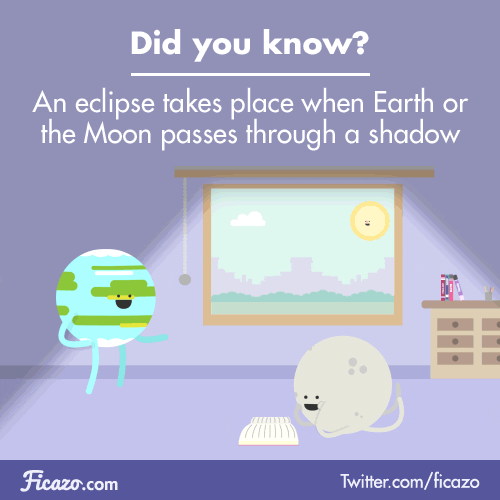
May 26, 2021 — Total Lunar Eclipse
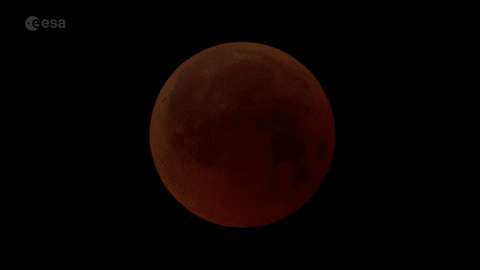 The first eclipse of the first season is a total lunar eclipse on May 26, 2021.
The first eclipse of the first season is a total lunar eclipse on May 26, 2021.
This is the first total lunar eclipse in two and a half years. It occurs less than a day after the moon reaches the perigee or closest approach to Earth.
This means that the moon is what is often called a supermoon (when it has its largest apparent size in the sky.)
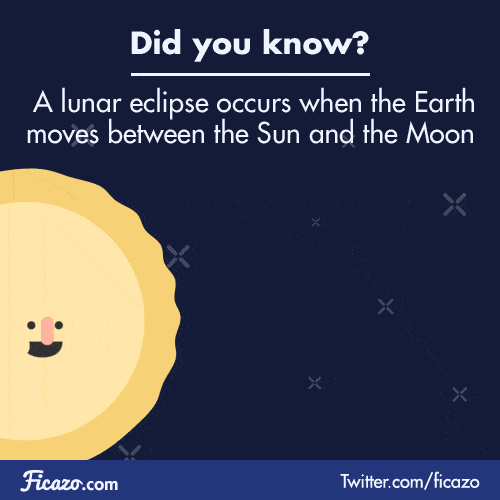 The eclipse occurs a night, close to midnight in the pacific (e.g. Hawaii). The times in Universal Time (UTC) are:
The eclipse occurs a night, close to midnight in the pacific (e.g. Hawaii). The times in Universal Time (UTC) are:
- Partial umbral eclipse begins: 09:45 UTC
- Total eclipse begins: 11:11 UTC
- Greatest eclipse: 11:19 UTC
- Total eclipse ends: 11:26 UTC
- Partial umbral eclipse ends: 12:52 UTC
The total eclipse will be visible just before moonset in western North America.
The eastern US will miss most of the eclipse since the partial phase starts (5:44 am) just before the moon sets at 5:48 am. To find out the eclipses times for your local check out timeanddate.com.
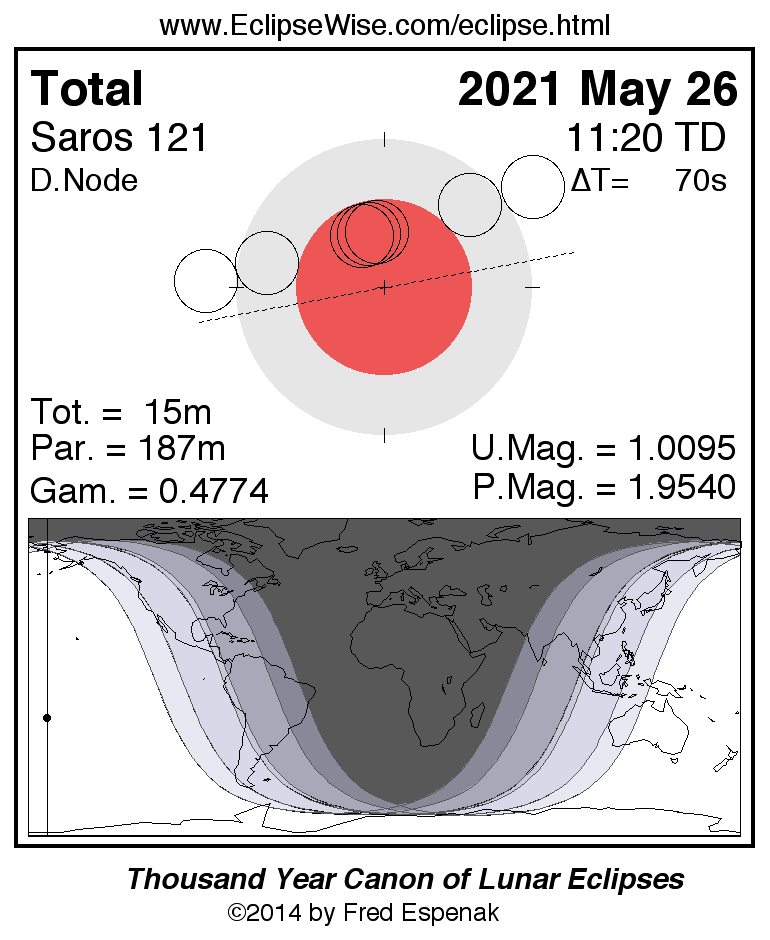
The top panel shows the phases of the lunar eclipse as the moon (small circles) moves from right to left, first into the penumbra (gray circle), then the umbra (red circle), and finally the other side of the penumbra. The bottom panel shows the phase of the eclipse on Earth. Moving from the darkest gray from east to west into the lighter gray (Western Hemisphere) corresponds to the moon moving into the penumbra. Each lighter shade of gray corresponds to each additional phase in the top panel.
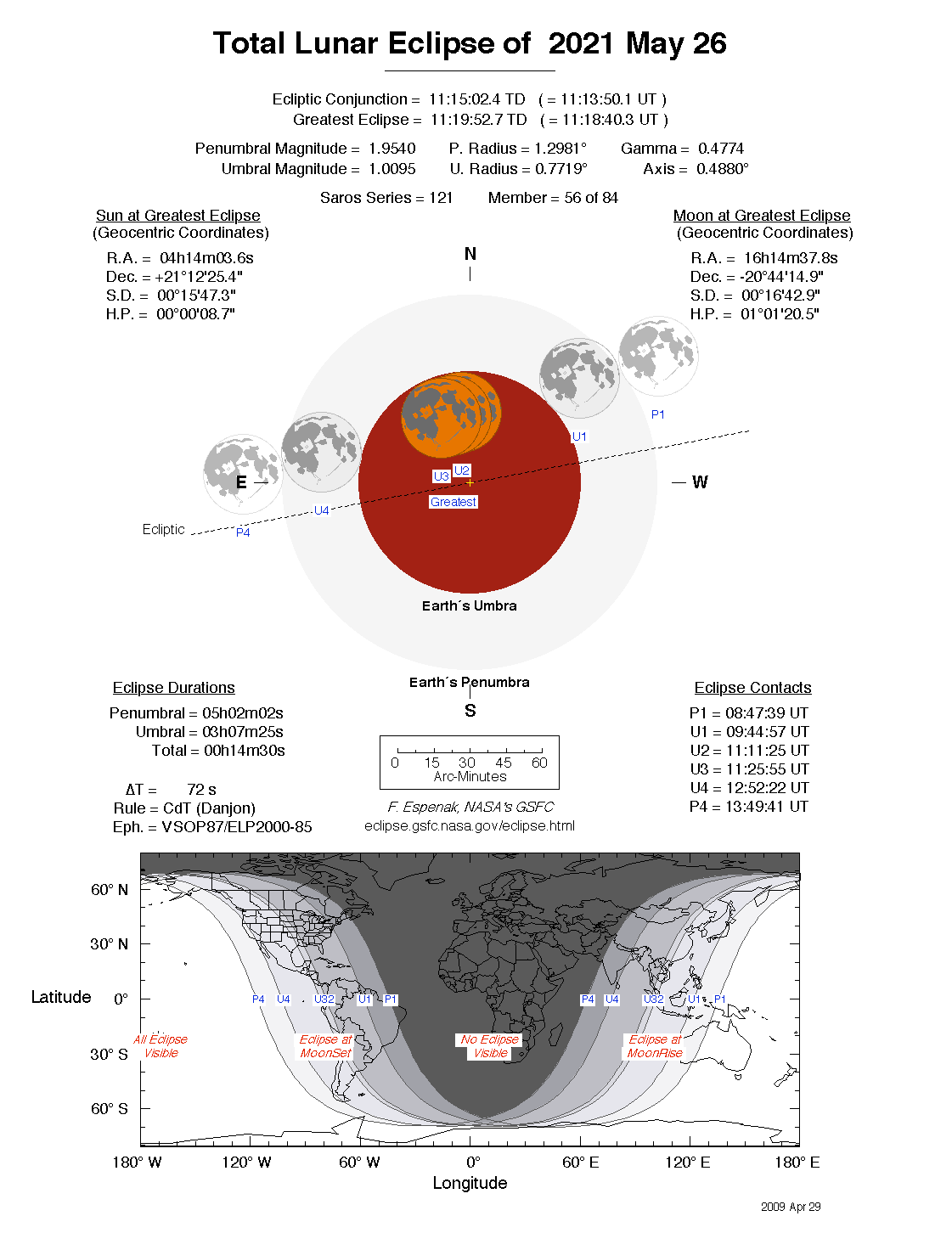
CREDIT: NASA GSFC / F. Espenak
Learn more about lunar eclipses
June 10, 2021 — Annular Solar Eclipse
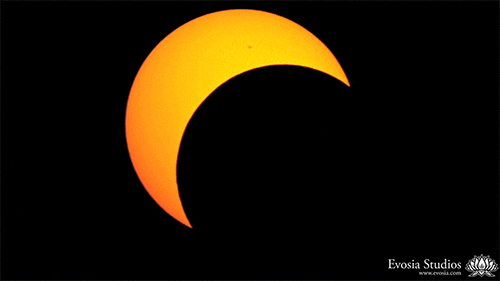 The next eclipse in the season is an annular solar eclipse on June 10, 2021.
The next eclipse in the season is an annular solar eclipse on June 10, 2021.
The moon moves directly in front of the Sun but the moon is too far away from Earth to completely cover the Sun.
This leaves a ring or annulus around the edge of the moon, an annular eclipse. For this reason, annular eclipses are often called “ring of fire” eclipses.
The Sun is still super bright, too bright to look at meaning that there is not a safe time to look at the eclipse without safe solar viewing glasses, solar filters, or other safe viewing methods. These are the same methods used for the partial phase of a solar eclipse.
Learn more about annular eclipses
The path of annularity starts at sunrise in Ontario, Canada. At the midway point along the path, the greatest eclipse occurs in Northern Greenland at local noon. The path travels over the North Pole ending at sunset over Siberia.
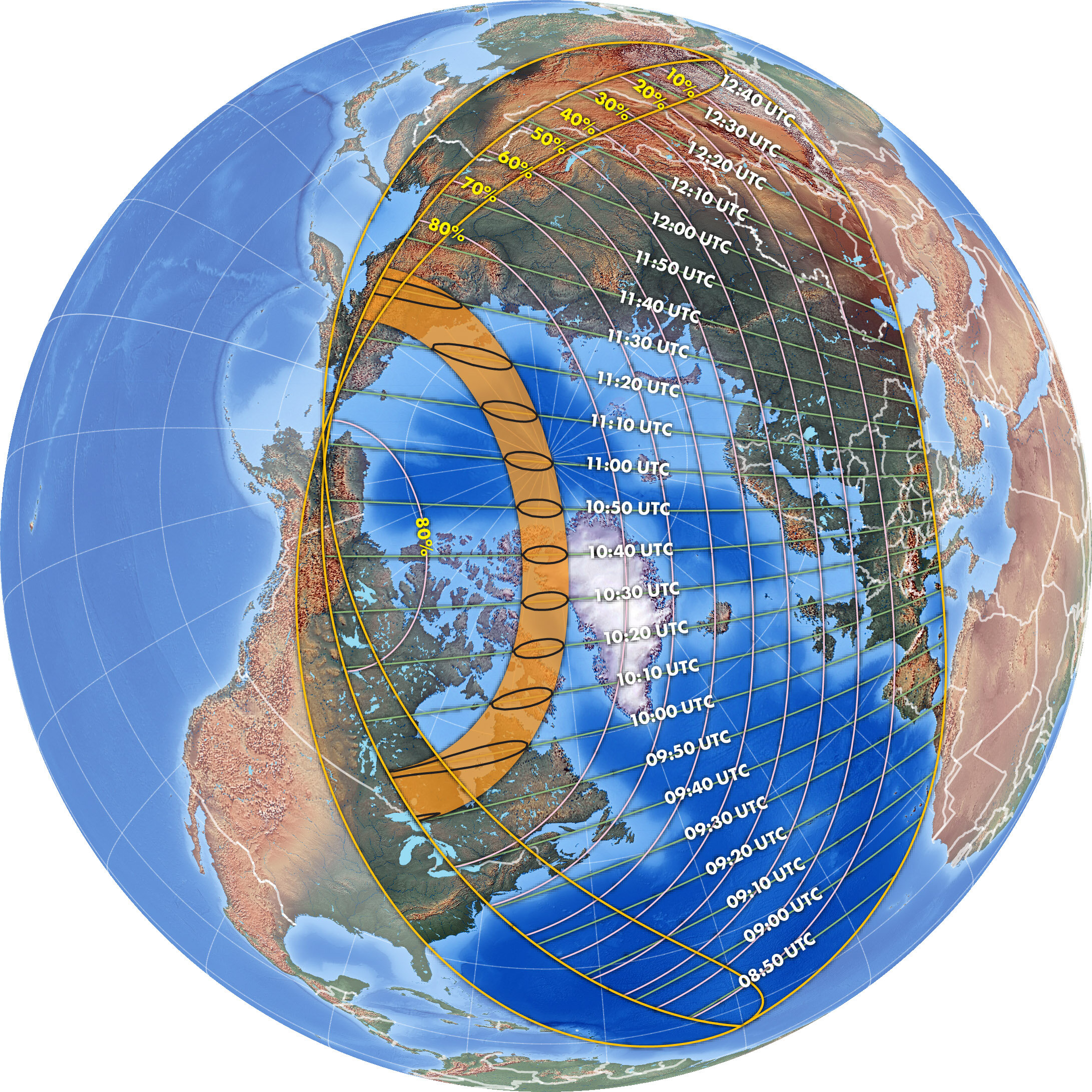
Everywhere in the yellow loop over North America experiences a sunrise eclipse. The map in the figure below shows the different eclipse views in the top and bottom halves of the yellow loop. Eclipse map via Michael Zeiler, https://www.greatamericaneclipse.com/2021-june-10
Along the centerline of the path of annularity, the Sun is ~89% obscured, and the annularity lasts about 3 minutes and 51 seconds. The global map above shows lines with percentages of the Sun covered by the Moon during maximum eclipse.
A partial eclipse of the Sun (outside the path of annularity) can be seen from Northeastern Canada to Alaska, northeastern United States down the east coast (except Florida), parts of the United States mid-west, the North Atlantic, parts of Asia, and most of Europe. Close to the path of annularity, you can experience a deep partial eclipse and as you move away from it the partial becomes more shallow.
If you live in Eastern U.S. or Canada (except Florida), get up early on June 10th so you can experience an eclipsed sunrise! It should be quite a sight. Those in Europe can see the entire partial eclipse in the middle of the day and Asia sees it in the afternoon.
The map below shows the experience for those in the Eastern U.S., the region inside the yellow loop in the global map above. Those in NY, NJ, and PA will get the best morning show. If you can make it to the beach even better!
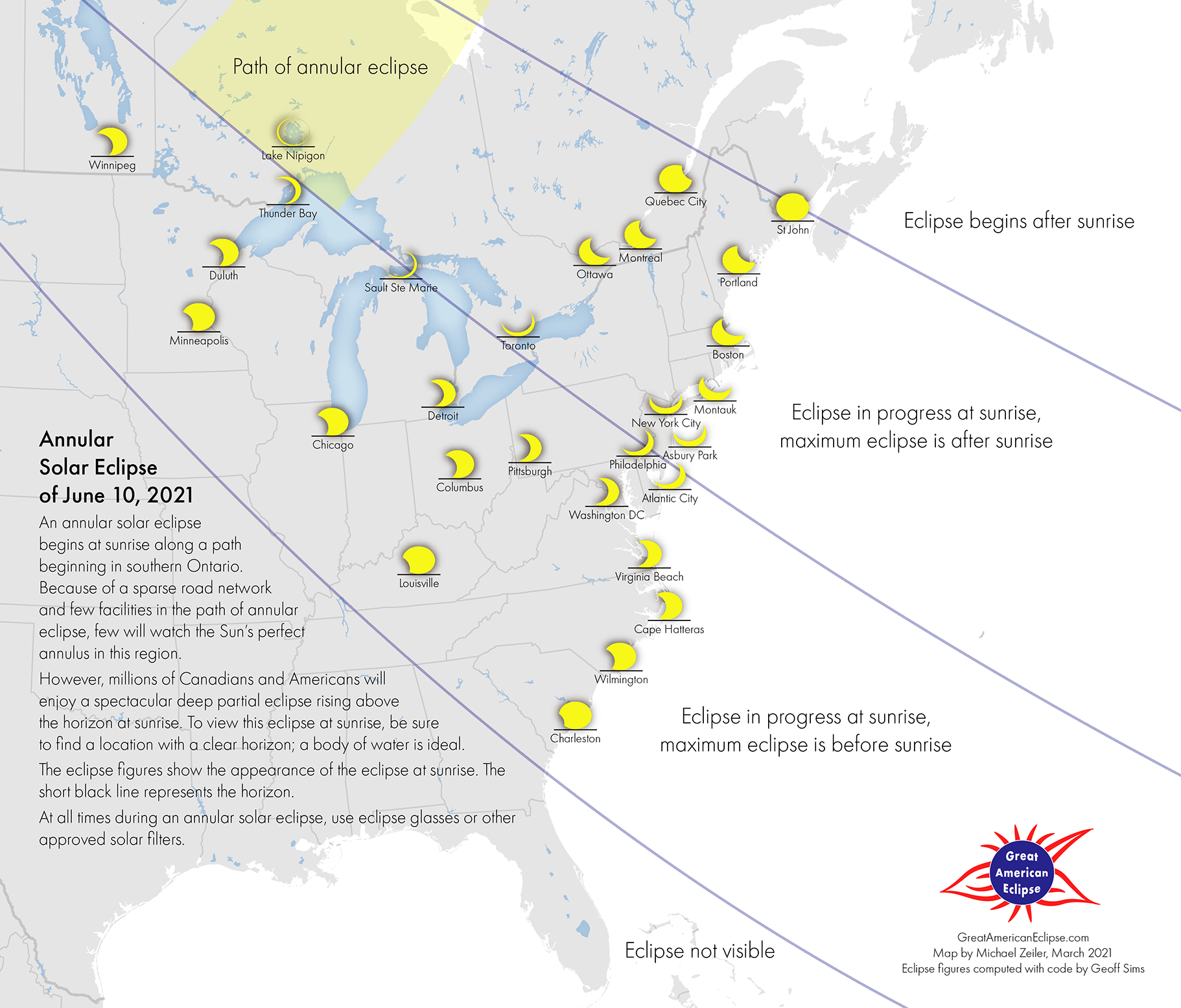
This map shows the eclipse views during sunrise on June 10, 2021, in the over the U.S. and Canada, https://www.greatamericaneclipse.com/2021-june-10
Stay tuned for more sun fun!
The second eclipse season for 2021 has two eclipses, a partial lunar eclipse on November 19, 2021 and a total solar eclipse on December 4, 2021. More to come.
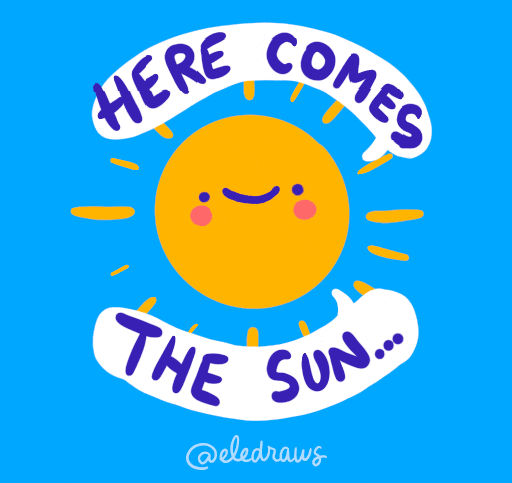
CREDIT: eclipsewise.com, earthsky.org, timeanddate.com, and greatamericaneclipse.com, Ficazo, Eledraws (Eleonore Bem)


